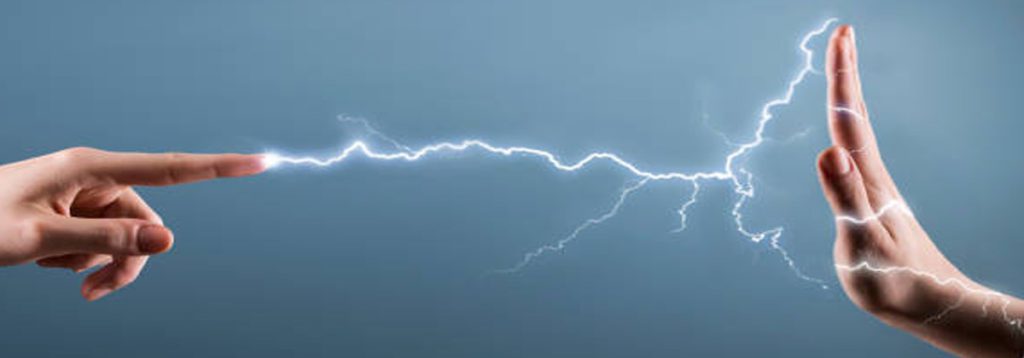
What are Voltage Stabilizers?
Simply put, voltage stabilizers are electrical appliances used to feed a constant voltage current to electrical gadgets like ACs and computers. They are an effective way to avoid voltage fluctuation issues from wreaking havoc on your electrical equipment.
Why do we need Voltage Stabilizers?
 In a world where the use of electronic equipment is second nature, line voltage stabilizers are becoming an ever increasing necessity to most households in order to keep a near constant voltage supply for the efficient operation of your electrical goods. Even though you may not be currently experiencing the negative effects of voltage variations, it does not mean that your unit is free from issues. Your supply may be full of variations, it’s just that there hasn’t been one serious enough to trigger a shut down – yet!
In a world where the use of electronic equipment is second nature, line voltage stabilizers are becoming an ever increasing necessity to most households in order to keep a near constant voltage supply for the efficient operation of your electrical goods. Even though you may not be currently experiencing the negative effects of voltage variations, it does not mean that your unit is free from issues. Your supply may be full of variations, it’s just that there hasn’t been one serious enough to trigger a shut down – yet!
Most pieces of electrical equipment require a constant voltage supply of 400V to run efficiently. Higher voltages may not cause a failure per se, but it can lessen the durability of the product considerably. Light bulbs for example are able to consume up to 40% more power at high voltage but they will last for a mere 10% of their normal life.
Having a voltage stabilizer will ensure that your electrical equipment is performing at its best and does not get overloaded by any voltage spikes in the system.
How do Voltage stabilizers work?
Voltage stabilizers work on the principle of a transformer, where the input current is connected to primary windings and the output is received from secondary windings. When there is a drop in the incoming voltage, it activates electromagnetic relays which add to more number of turns in the secondary winding giving a higher voltage which will compensate for the loss in output voltage. When there is rise in the incoming voltage, the reverse happens, and, thus, the voltage at the output side is always almost unchanged.
AM Transformers voltage stabilizers are designed to accept a wide range of input voltage but maintain a specified output voltage to within +/- 1.0% for both three phase and single phase supply.
If you have any questions please contact our team of friendly, enthusiasts who have been in the industry for many years and they will be happy to help you

